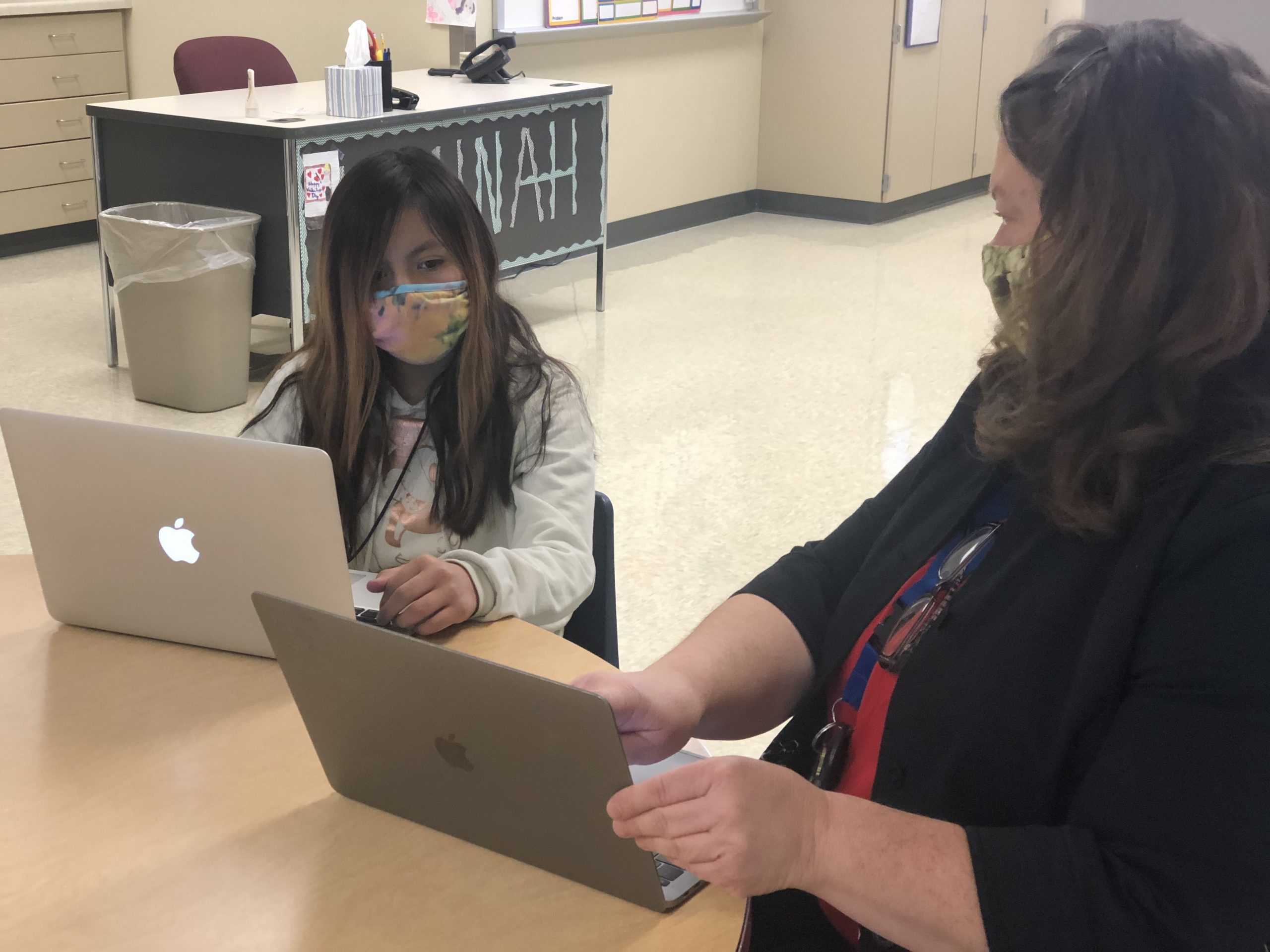
When looking at student language development and grade-level content, we ask the question, “What is the student able to do with language in the content areas?” as opposed to “What language skills does the student have?” This provides more actionable and instructionally relevant information on the student. ELs can and should be supported in ways that allow them to become college- and career-ready at the same level as non-ELs. – www.elpa21.org
English Language Proficiency Standards
The 10 ELP Standards are designed for collaborative use by English as a second language (ESL) and content area teachers in both English language development and content-area instruction. Explicit recognition that language acquisition takes place across the content areas fosters collaboration among educators and benefits ELLs’ learning experiences.
Standards 1 through 7 involve the language necessary for ELLs to engage in the central content-specific practices associated with ELA & Literacy, mathematics, and science. They begin with a focus on the extraction of meaning and then progress to engagement in these practices. Standards 8 through 10 hone in on some of the more micro-level linguistic features that are undoubtedly important to focus on, but only in the service of the other seven standards.
- Construct meaning from oral presentations and literary and informational text through grade-appropriate listening, reading, and viewing
- Participate in grade-appropriate oral and written exchanges of information, ideas, and analyses, responding to peer, audience, or reader comments and questions
- Speak and write about grade-appropriate complex literary and informational texts and topics
- Construct grade-appropriate oral and written claims and support them with reasoning and evidence
- Conduct research and evaluate and communicate findings to answer questions or solve problems
- Analyze and critique the arguments of others orally and in writing
- Adapt language choices to purpose, task, and audience when speaking and writing
- Determine the meaning of words and phrases in oral presentations and literary and informational text
- Create clear and coherent grade-appropriate speech and text
- Make accurate use of standard English to communicate in grade-appropriate speech and writing
Basic Interpersonal Communication Skills (BICS)
Basic Interpersonal Communication Skills (BICS) refer to linguistic skills needed in everyday, social face-to-face interactions. For instance, the language used on the playground, on the phone, or to interact socially with other people is part of BICS. The language used in these social interactions is context-embedded. That is, it is meaningful, cognitively undemanding, and non-specialized. It takes the learner from six months to two years to develop BICS.
Cognitive Academic Language Proficiency (CALP)
Cognitive Academic Language Proficiency (CALP) focuses on proficiency in academic language or language used in the classroom in the various content areas. Academic language is characterized by being abstract, context reduced and specialized. In addition to acquiring the language, learners need to develop skills such as comparing, classifying, synthesizing, evaluating, and inferring when developing academic competence. It takes learners at least five years to develop CALP. Research from Collier and Thomas (1995) has shown that it may take children with no prior instruction or no support in native language development at least seven years to develop CALP.
Resources
ELP Standards Overview – Provides background on the purpose and design of the ELP Standards.
Proficiency Level Descriptors for English Language Proficiency Standards
ELP Standards – Outlines details of the ELP Standards.
ELP Standards for ELs with Significant Cognitive Disabilities – Outlines ELP Standards as appropriate for ELs with significant cognitive disabilities.
CCSSO English Learners with Disabilities Guide
English Learner Tool Kit – Information and resources from the U.S. Department of Education about serving ELs.
Every Student Succeeds Act (ESSA) in Iowa – Iowa’s plan to meet ESSA requirements for LEA Report Car,d including measures of Academic Achievement, Graduation Rate, and Progress in achieving ELP indicators
Cutting to the Common Core, Changing the Playing Field Part 1 and Part 2 – Explore eight shifts to help students from diverse backgrounds be successful in meeting rigorous standards.
Instructional Shifts for ELs to Meet Standards – Outlines key areas of instructional need for ELs to meet standards.
Key Shifts of the Common Core Standards for English Language Arts and Literacy – Discusses the important implications for ELs.
The Shifts and ELLs – Tips and strategies for addressing shifts in ELA standards for ELs.